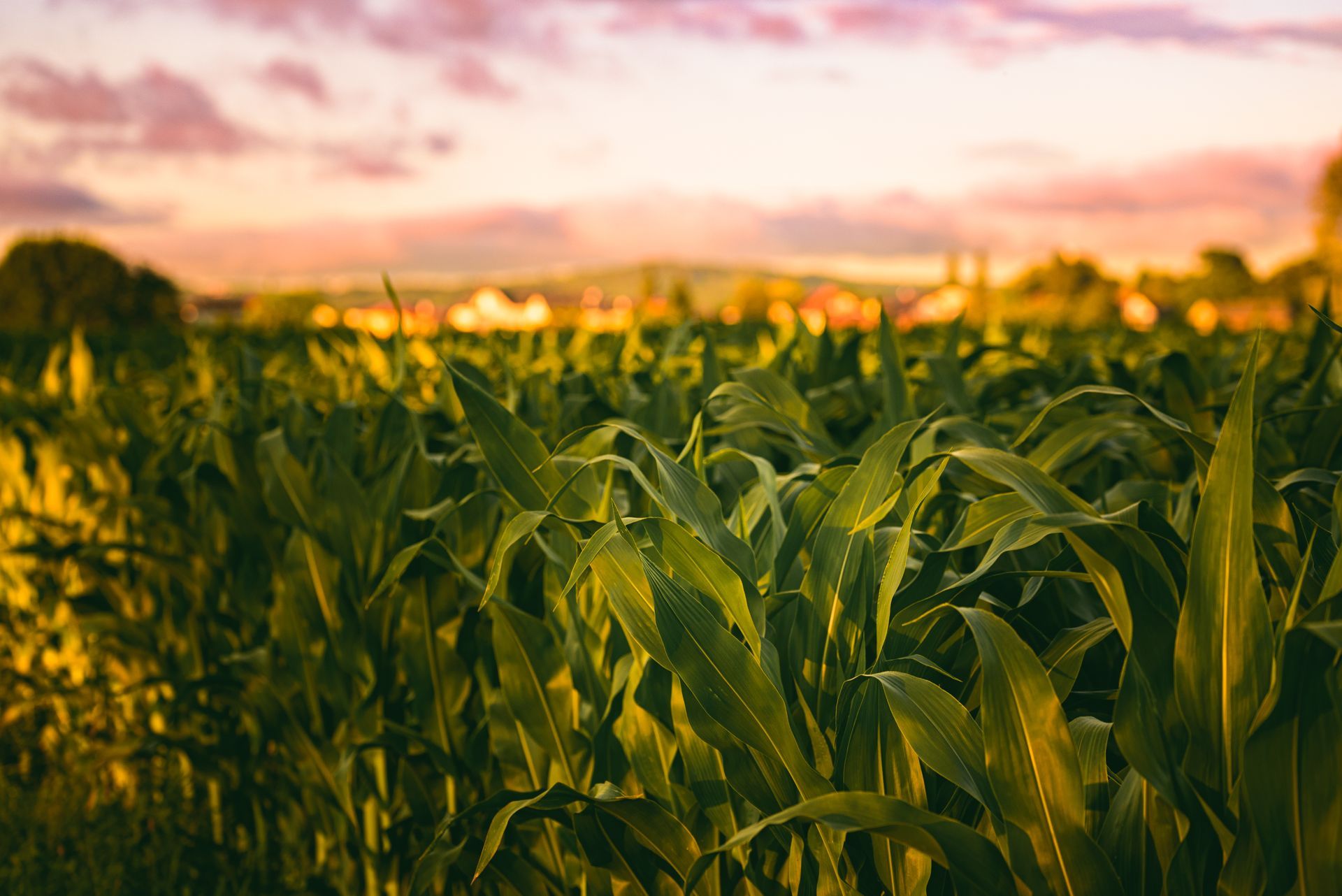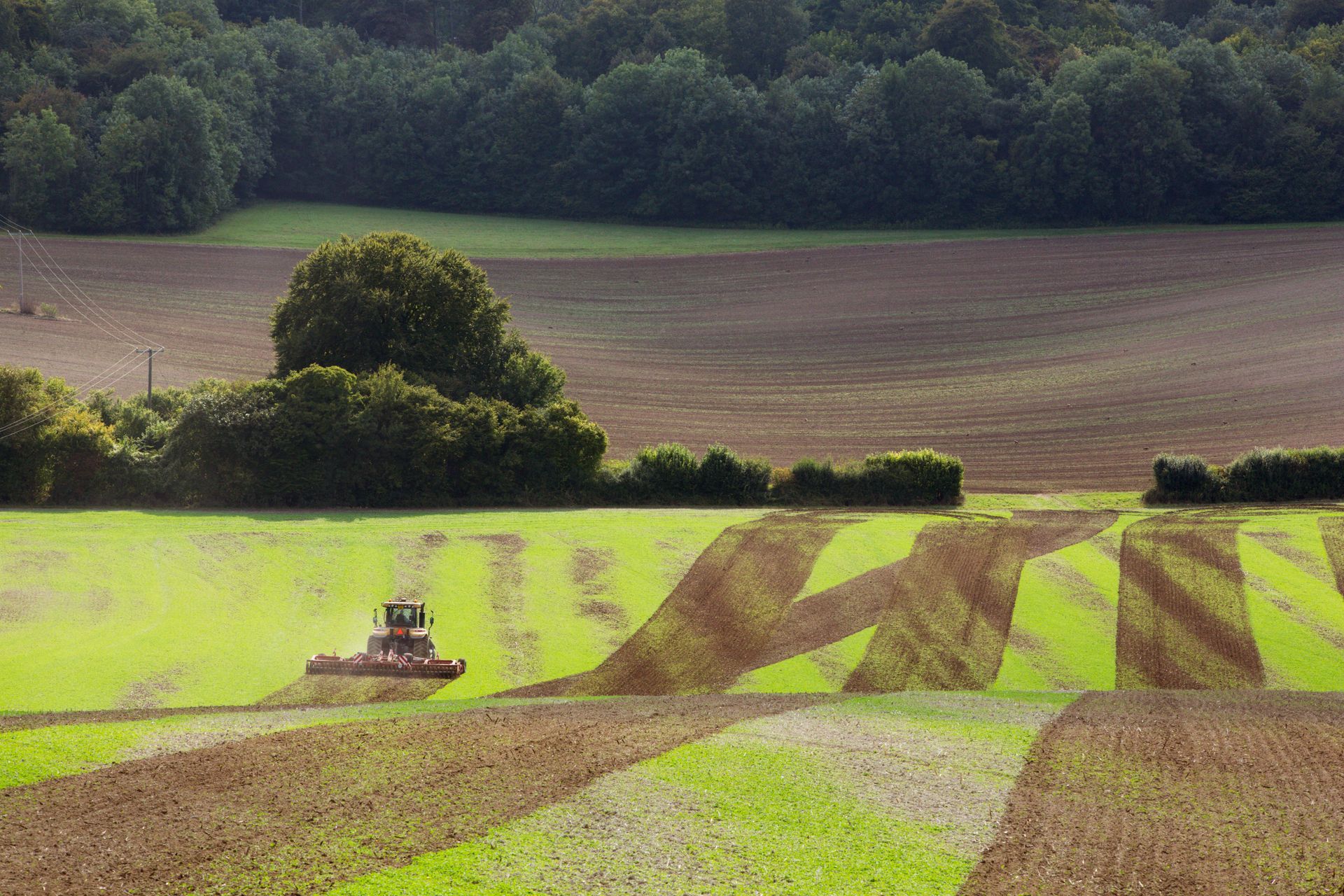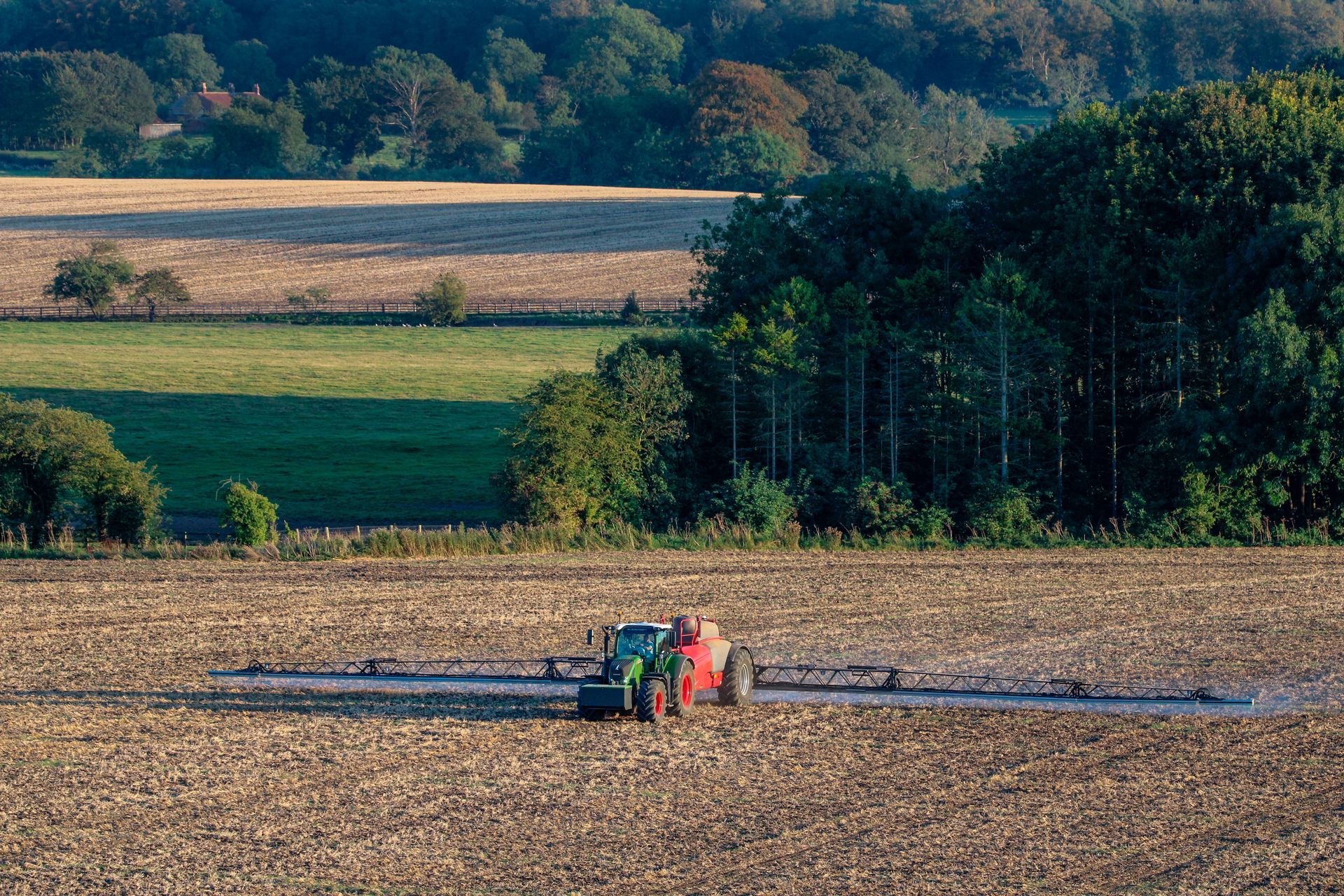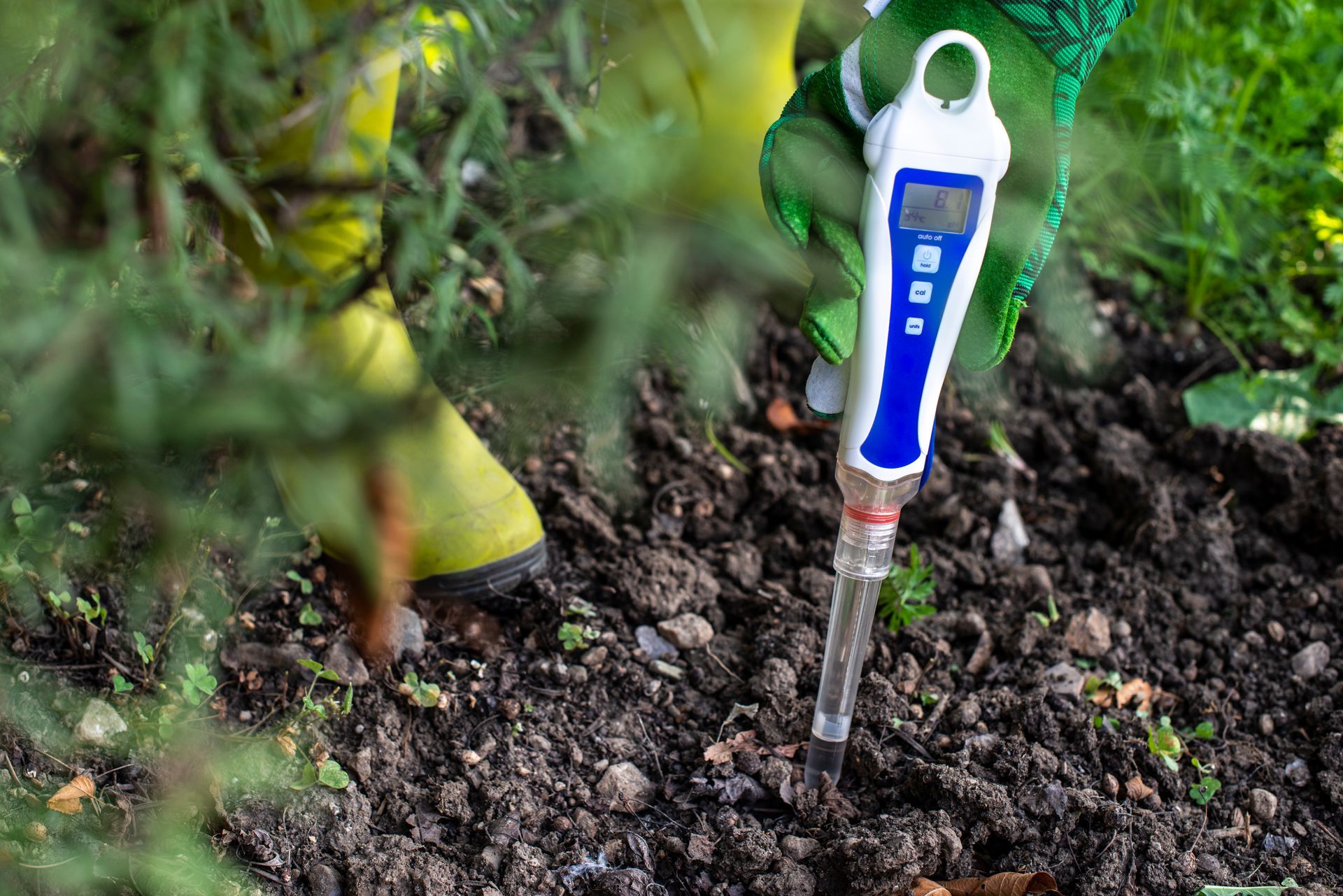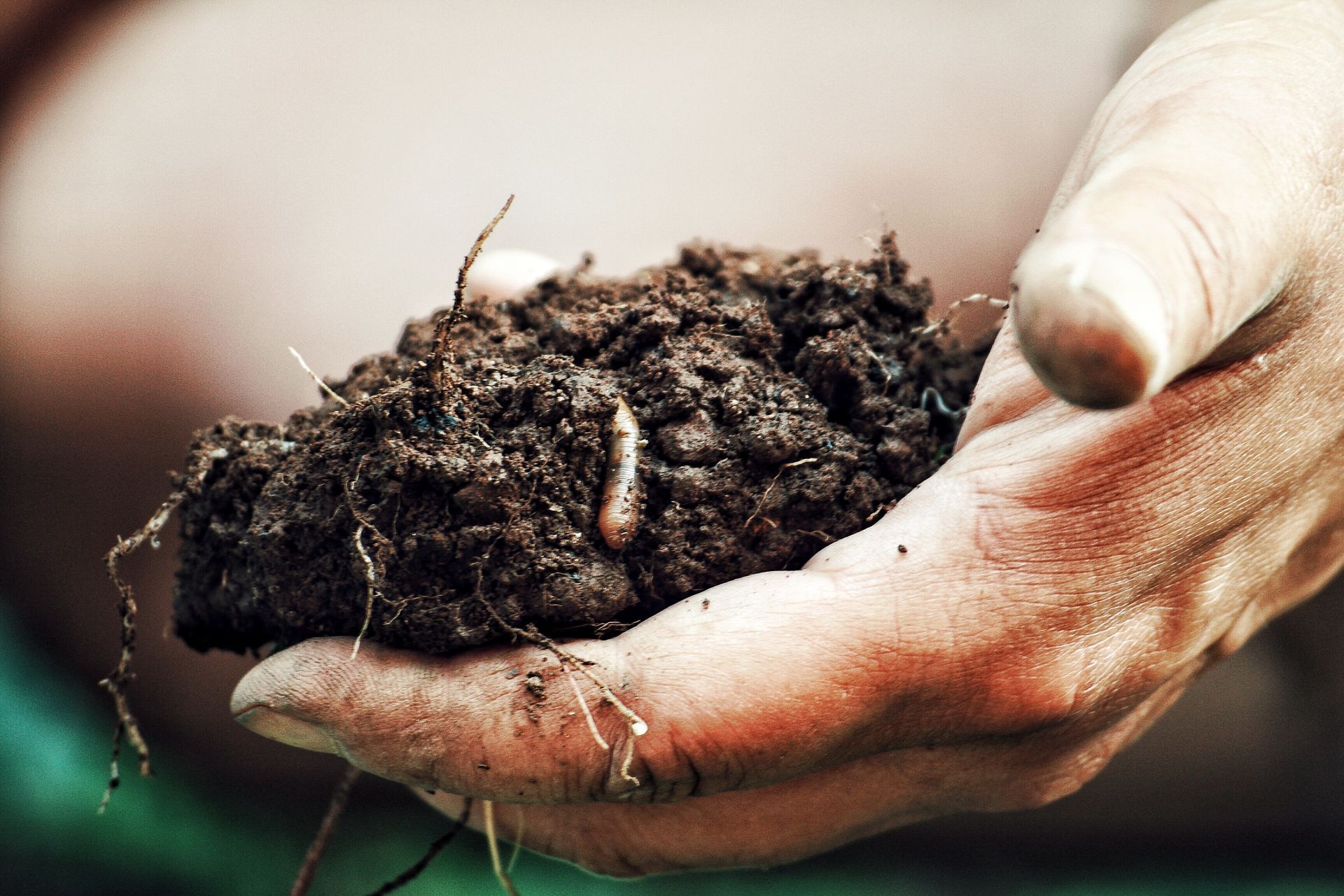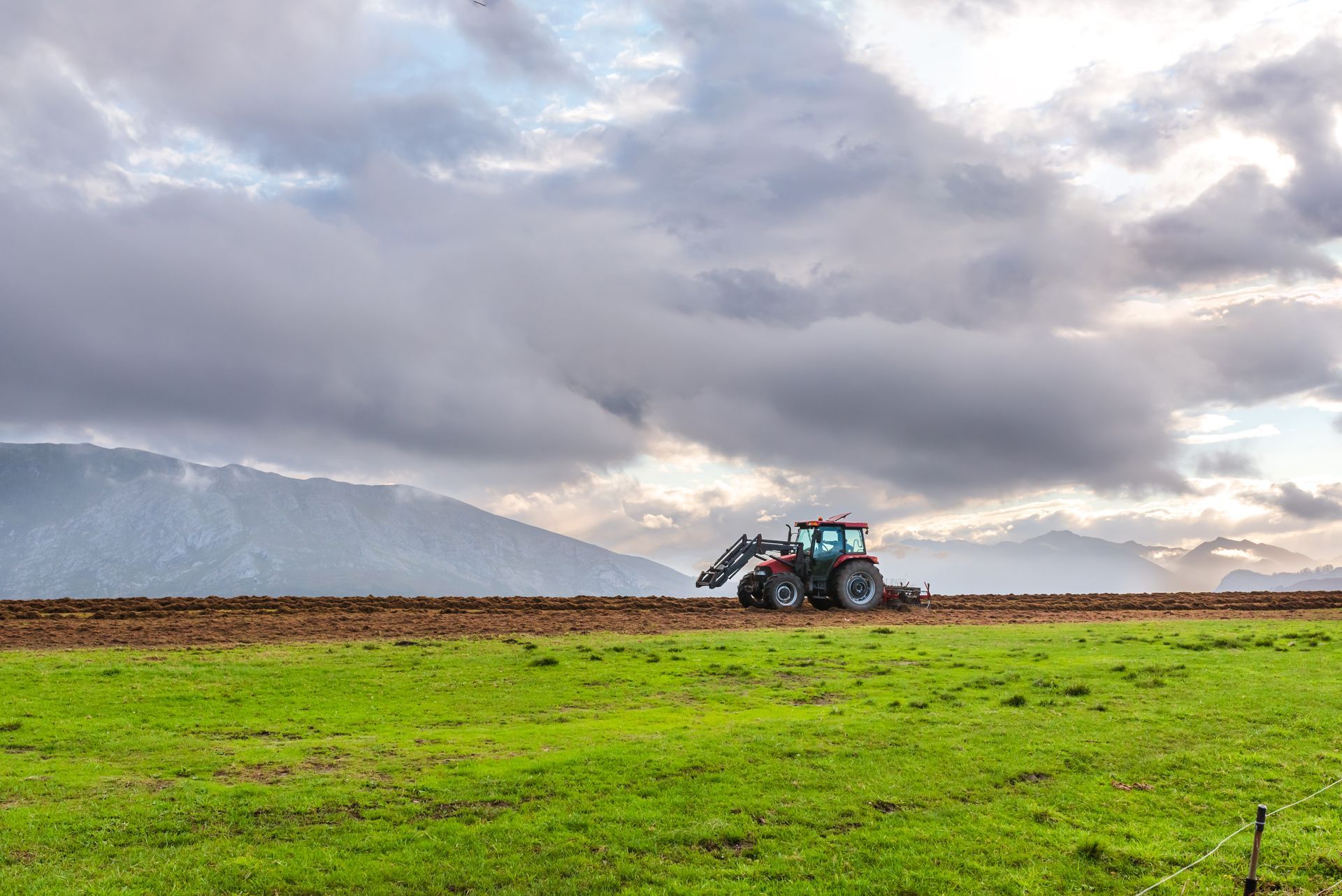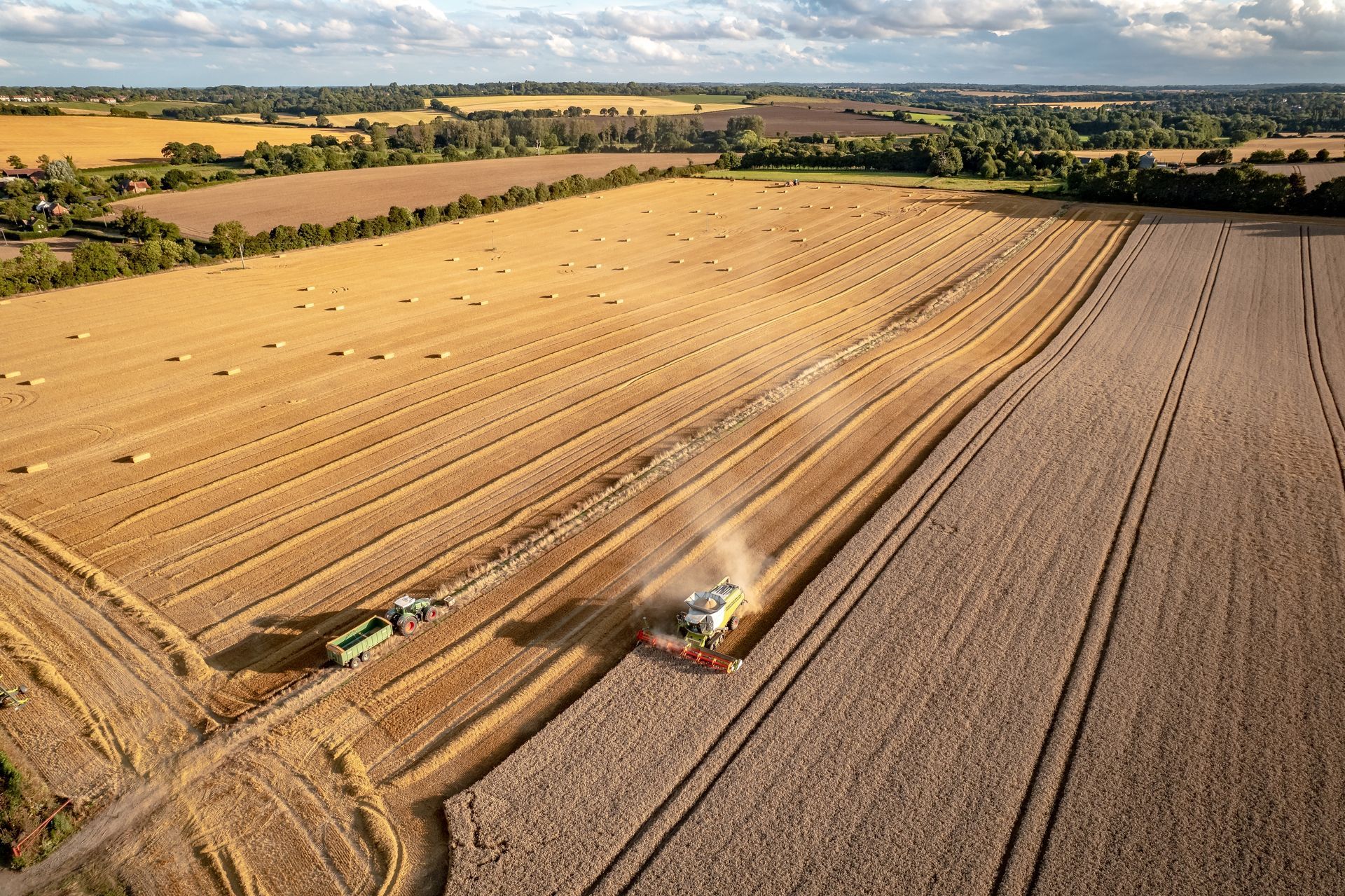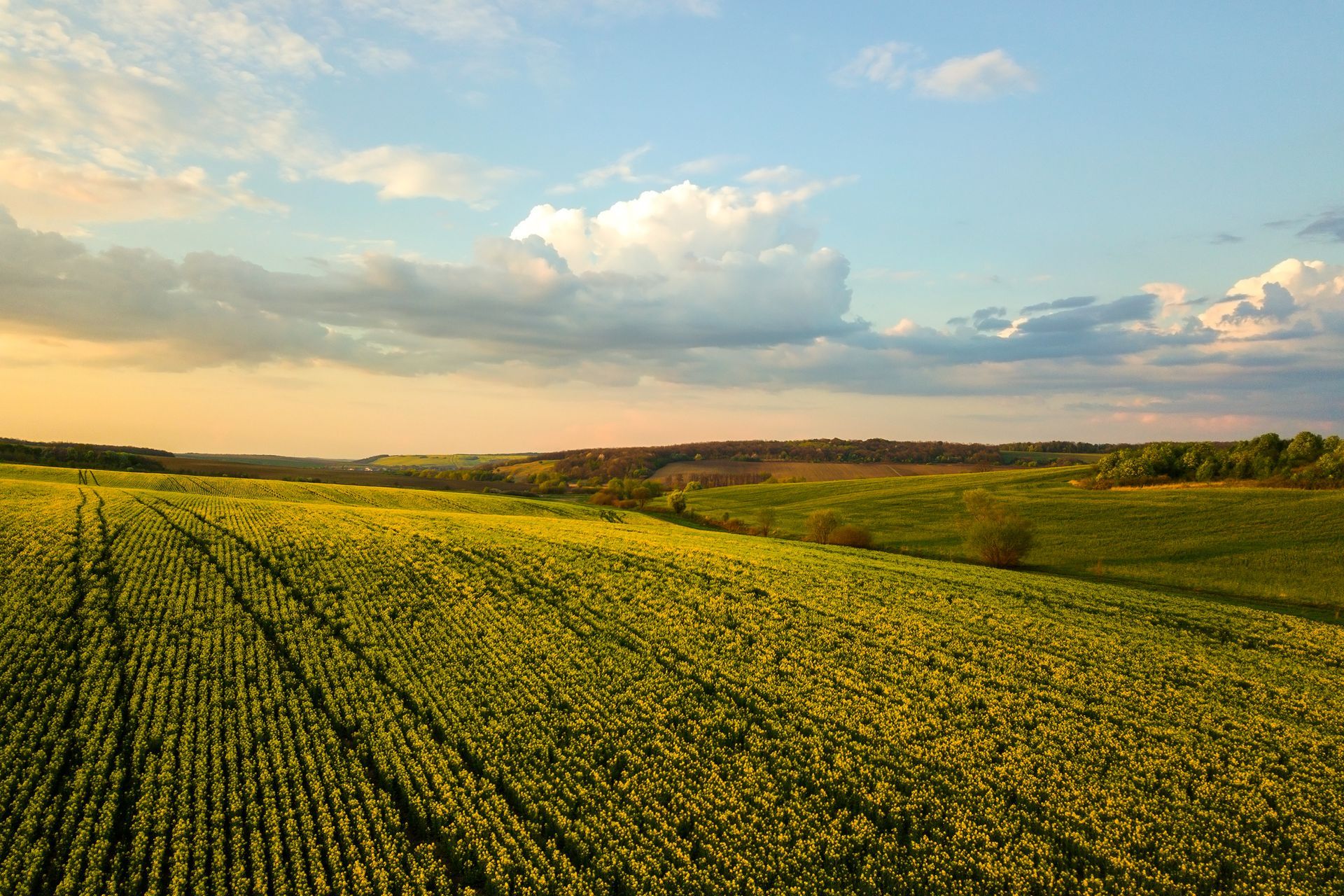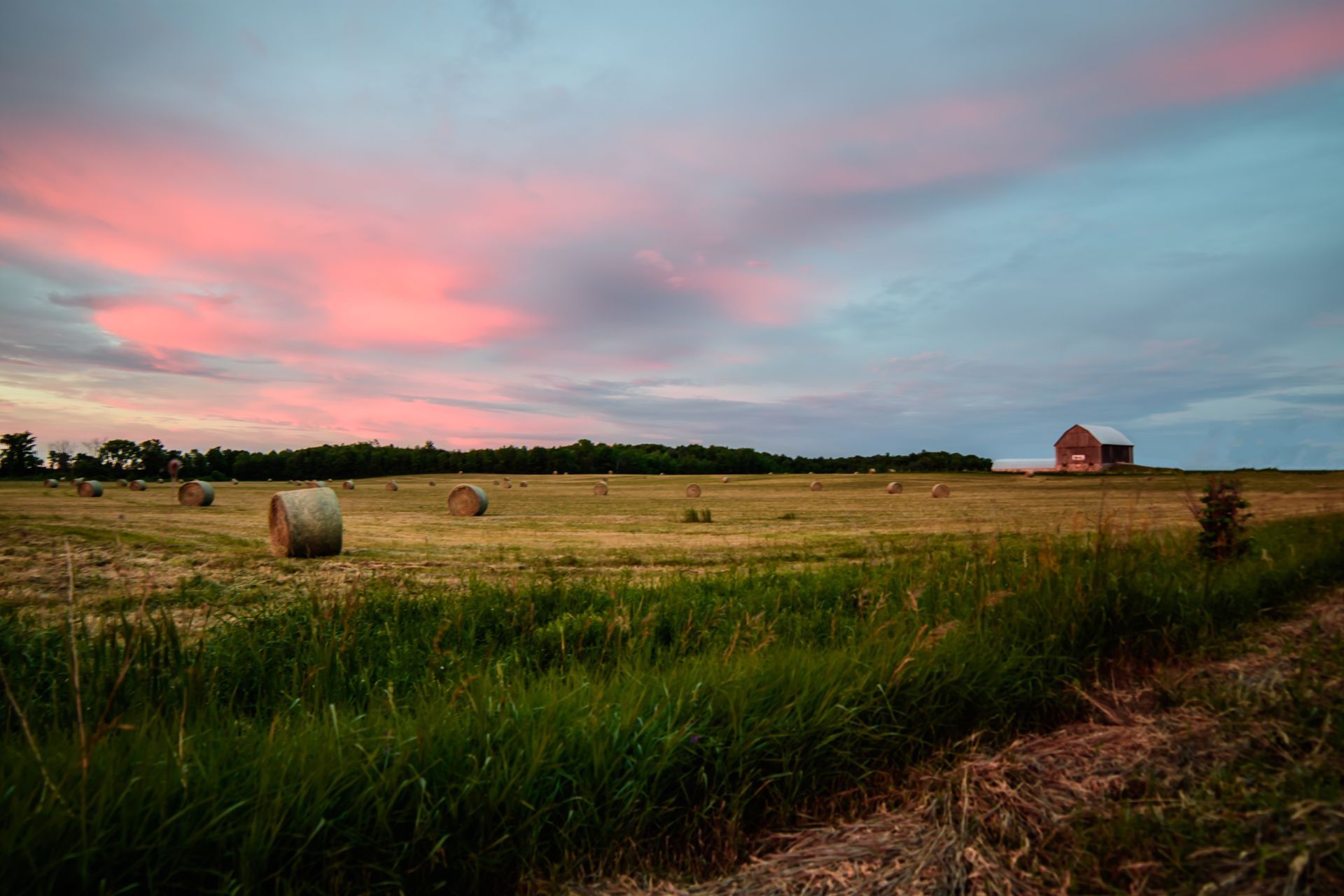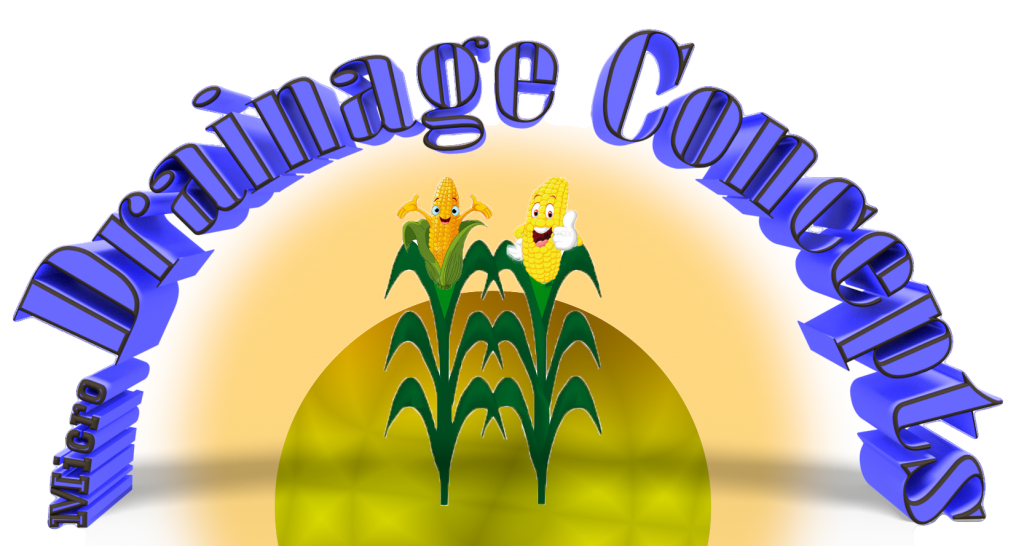Traditionally, agricultural fields primarily relied on surface drainage features such as ditches to address water infiltration and retention. However, sub-surface drainage has seen a noteworthy uptick in use, in large part thanks to its effective use in micro-drainage solutions. Here’s what you should know.

Drawbacks of Only Using Surface Drainage
While surface drainage solutions such as ditches and drains have been commonplace in agriculture for many years, they have several disadvantages. For example, surface drainage fails to address saturated subsoil resulting from a high water table. Ditches are prone to erosion, which during periods of heavy rainfall can wash away essential soil nutrients. Ditches also limit how much usable land can be used for planting.
Advantage of Sub-Surface Drainage
Sub-surface drainage typically involves the installation of perforated drainage pipes beneath the soil. With even spacing, these pipes collect excess water to keep soil from getting oversaturated. These solutions improve soil aeration, increase organic matter in the soil, and help the soil maintain a healthy mineral balance. The full surface of the field remains usable for planting.
Richland’s Innovative Approach
At Richland Micro-Drainage, we combine surface and sub-surface micro-drainage solutions to improve your soil’s infiltration and holding capacity. By evaluating factors like rainfall intensity and totals, the types of crops being used, and soil biology, our team can determine the drainage solutions that will be most effective. With close lateral spacings and shallow drainage installation, sub-surface drainage can contribute to better soil health that maximizes crop yields.
By implementing sub-surface drainage, you can maximize crop yield and soil health for better agricultural outcomes. To learn more about how you can use these solutions for your property,
contact Richland Micro Drainage today.
